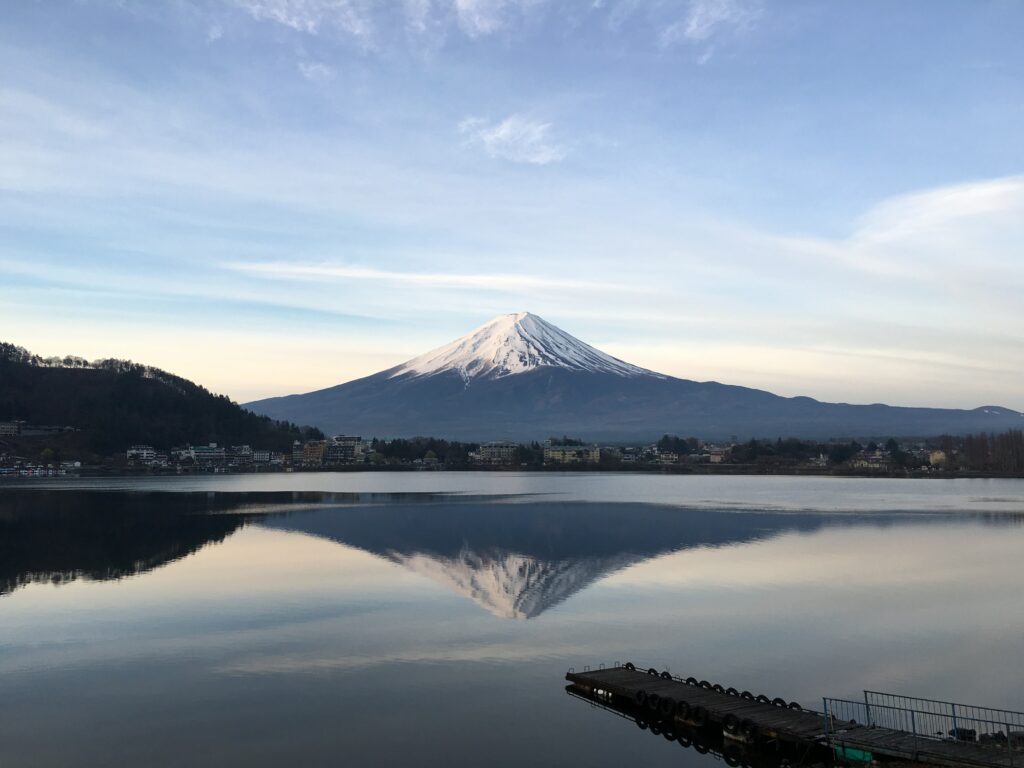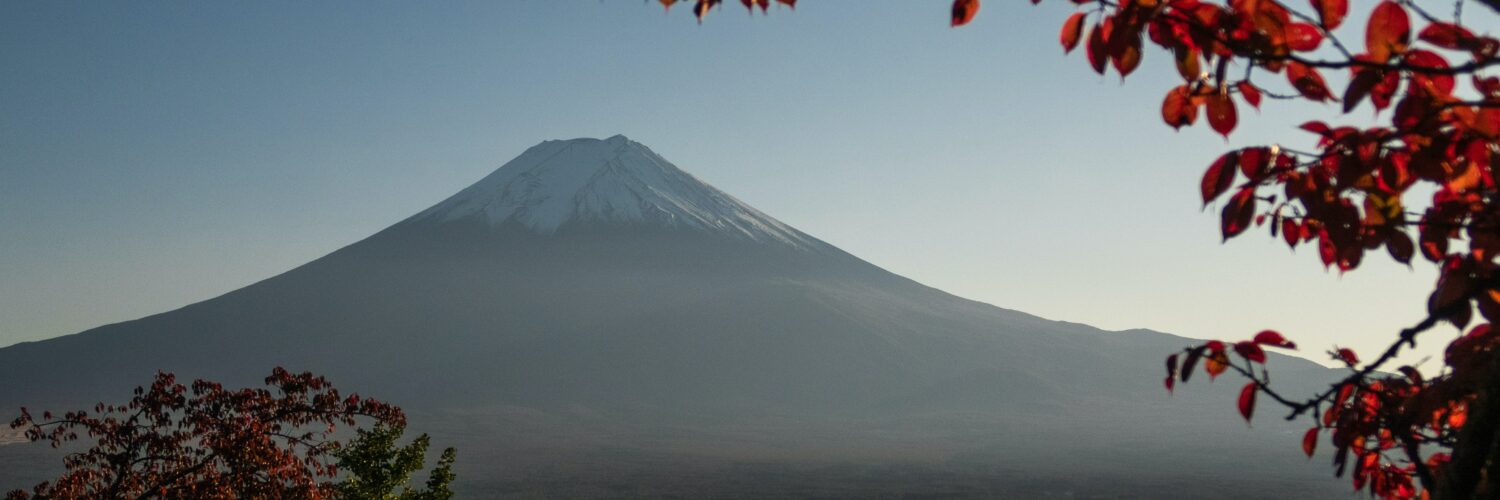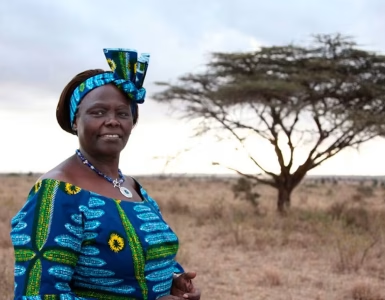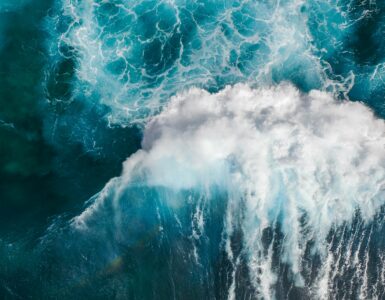Most of us have an impression that volcanoes are conical mountains with a crater at the top. While that is not wrong, it only reflects one of the many types of volcanoes we have on Earth. Nobody really knows how many volcanoes are there on Earth, but we know that around 550 volcanoes have erupted in recorded history.
However, most of Earth’s volcanoes are underwater – on the seabed and the ocean floors. Only about 5% of the ocean floors have been mapped, so we would not know how many volcanoes there are anytime soon. You may be surprised to find out that there are Volcanoes on other planets in our solar system too – neighbouring planets like Venus have active volcanoes, while Mars has extinct volcanoes.
That said, let us discuss what volcanoes are, and some of the hazards and impacts caused by volcanic activity.
What are Volcanoes?
On Earth, volcanoes are extrusive features. There are a number of different types of volcanoes, based on their location and the amount of energy they release when they erupt. There are also supervolcanoes with a Volcanic Explosivity Index of eight, but they rarely erupt and takes thousands or millions of years between each eruption. However, when they erupt, they are hundreds or thousands of times more destructive and powerful than the most powerful eruptions in recent years.
How Volcanoes Erupt
Magmatic eruptions
When decompression occurs beneath the surface of the Earth, there are gases released, which results in magmatic eruptions. Depending on the type of magma, eruptions can be gentle or explosive. For example, a magma of low viscosity have very little gas dissolved in it, thus the volcano erupts more gently. On the other hand, a magma of high viscosity has a lot of gas dissolved in it, thus the volcano erupts violently and explosively.
Volcanoes found within subduction zones tend to produce lava that is more viscous. On the other hand, mid-ocean ridges or hot spot volcanoes generally produce fluid basaltic lava. These are seen in Iceland and Hawaii.
Phreatic eruptions
As we know, magma is extremely hot, ranging from 500°C to 1,200°C. When magma heats water underground or on the surface, it can cause a phreatic eruption. This occurs when the water immediately evaporates into steam, causing a large explosion of ash, rock, steam, water, and volcanic bombs. You may have noticed that lava is not included – if molten magma is involved in such eruptions, we consider them phreatomagmatic. That said, these fragments are not always hot, but can sometimes be cold as well.
Aside from physical fragments, phreatic eruptions may cause a release of carbon dioxide (CO2) or hydrogen sulfide (H2S). These gases may be more deadly than the actual eruption itself, since they may cause suffocation or intoxication.
Phreatomagmatic eruptions
When magma and water interact underground, they may cause a phreatomagmatic volcanic eruption. What makes phreatomagmatic eruptions different from magmatic eruptions is that it is not caused by a release in gas. Similarly, phreatomagmatic eruptions differ from phreatic eruptions as phreatomagmatic eruptions release juvenile clasts.
In major phreatomagmatic eruptions, both magmatic and phreatomagmatic components may be present.
Distribution of Volcanoes
As tectonic activities cause volcanic activities, we can find most volcanoes along plate boundaries. This means that over 70% of our world’s active volcanoes are located along the Ring of Fire. However, there are numerous exceptions of volcanoes that are found over hot spots, such as those found in Hawaii.
Volcanic Activity
Each volcano is unique based on the amount of activity it has. Some volcanoes erupt multiple times annually, whereas others erupt once in tens of thousands of years. We can classify volcanoes in a few broadly defined categories – active, dormant, and extinct.

Active
We cannot define active volcanoes exactly, since volcanoes can be active for months or for millions of years. While many volcanoes have erupted a couple of times in the past few millenniums, they may not be active now. While we may not consider them active due to our relatively short human lifespan, they are active as volcanoes have long lifespans.
Dormant
“If a volcano is not active, then it must be dormant.” Or so you think. As volcanoes have been around for millions of years, compared to the written history of humans, we cannot really differentiate between a dormant volcano and an extinct one. It is true that dormant volcanoes are not active since they have not erupted for thousands of years. However, they are likely to erupt in the future.
Extinct
We consider volcanoes extinct if they are unlikely to erupt in the future. This is especially if the volcanoes do not have a magma supply anymore.
Volcanic Hazards
Primary hazards
There are a few primary hazards involved in volcanic eruptions.
- Ash fallout
- Earthquakes
- Lava flows
- Nuées ardentes
- Pyroclastic flows
- Volcanic bombs
- Volcanic gases
Secondary hazards
There are a few secondary hazards involved in volcanic eruptions.
Minimising the Extent of Damage of Volcanic Eruptions
Unlike other tectonic hazards, such as earthquakes and tsunamis, we can actually detect and predict when a volcano will erupt. There are a few signs:
- Detecting the physical swelling of the volcano using lasers
- Measure the levels of sulfur using chemical sensors
- Monitoring low-frequency waves caused by gas and molten rock in the magma using ultrasound
- Observing the volcano directly
- Using seismometers to note tiny earthquakes that occur when the magma rises
Since we can predict and estimate when a volcano will erupt, this gives people living near volcanoes a couple of days to evacuate. At the same time, governments can also prepare to alter their economic plans, including transportation such as flights and trains.
Impacts of Volcanic Eruptions
Economic impacts
As with most other natural disasters, volcanic eruptions can destroy infrastructure. This is not just applicable to lava, but also to falling debris from the volcano, together with other debris destroyed by the eruptions. Ashes in the air may also disrupt communication and cause delays and cancellations in air transport. Farmlands and forests around the volcano are often destroyed.
Social impacts
On top of the economic impacts, volcanic eruptions can obliterate entire villages and towns around the volcano. While volcanic eruptions are predictable, local authorities may not be able to evacuate everyone in time. In the worst-case scenario, there may be a loss of lives.
Recent Major Volcanic Eruptions
| Volcanic Eruptions | Volcano | VEI | Deaths |
| 1902 Santa María | Santa María | 6 | 6,000 |
| 1912 Novarupta | Novarupta | 6 | 0 |
| 1991 Mount Pinatubo | Mount Pinatubo | 6 | 800 |
| 2011 Puyehue-Cordón Caulle | Puyehue-Cordón Caulle | 5 | 0 |
| 1991 Mount Hudson | Mount Hudson | 5 | 0 |
| 1981 Tephra unit A | El Chichón | 5 | 1,900 |
| 1980 Mount St. Helens | Mount St. Helens | 5 | 57 |
| 1966 Mount Awu | Mount Awu | 5 | 8,000 |
| 1963 Mount Agung | Mount Agung | 5 | 1,100 to 1,500 |
| 1995 Bezymianny | Bezymianny | 5 | 0 |
| 1933 Kharimkotan | Kharimkotan | 5 | 0 |
Conclusion
While there are many hazards to volcanic eruptions, there are also benefits as well. Areas surrounding volcanoes tend to have soils that are more fertile since eruptions have brought minerals to the surface of the Earth. On top of that, we can use volcanic ash to make tuff, which we then can use as a construction material.
While volcanoes can be dangerous, we can detect volcanic activity early and evacuate most people in time. That said, we cannot prevent volcanoes from erupting, but we can minimise the damage caused and the lives lost.





Add comment